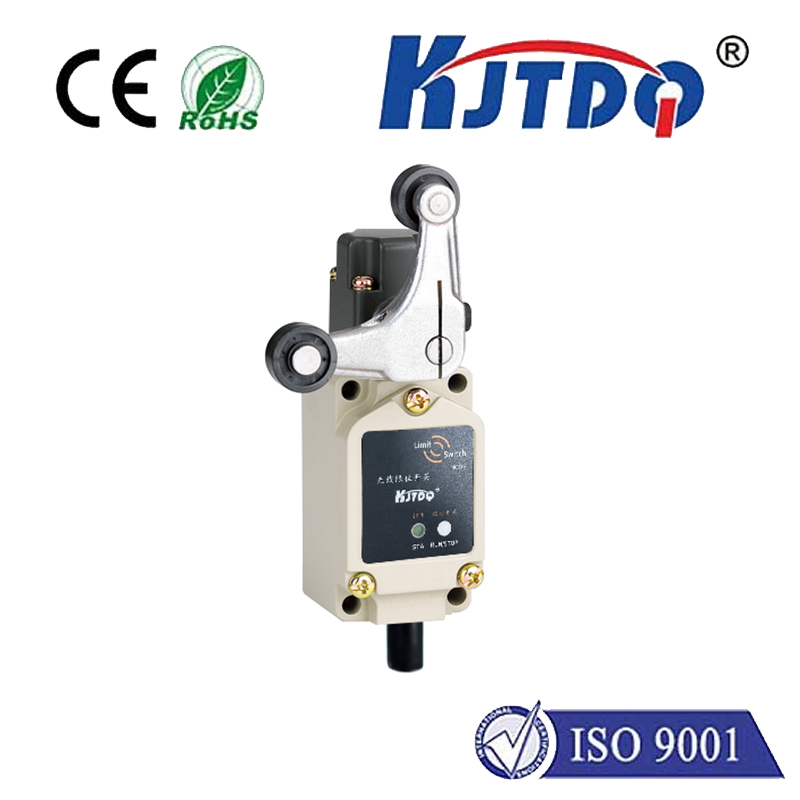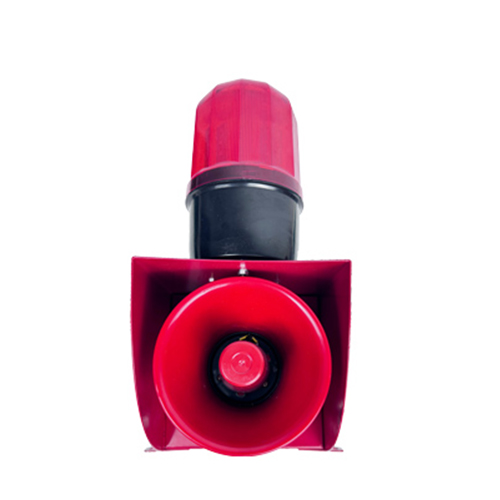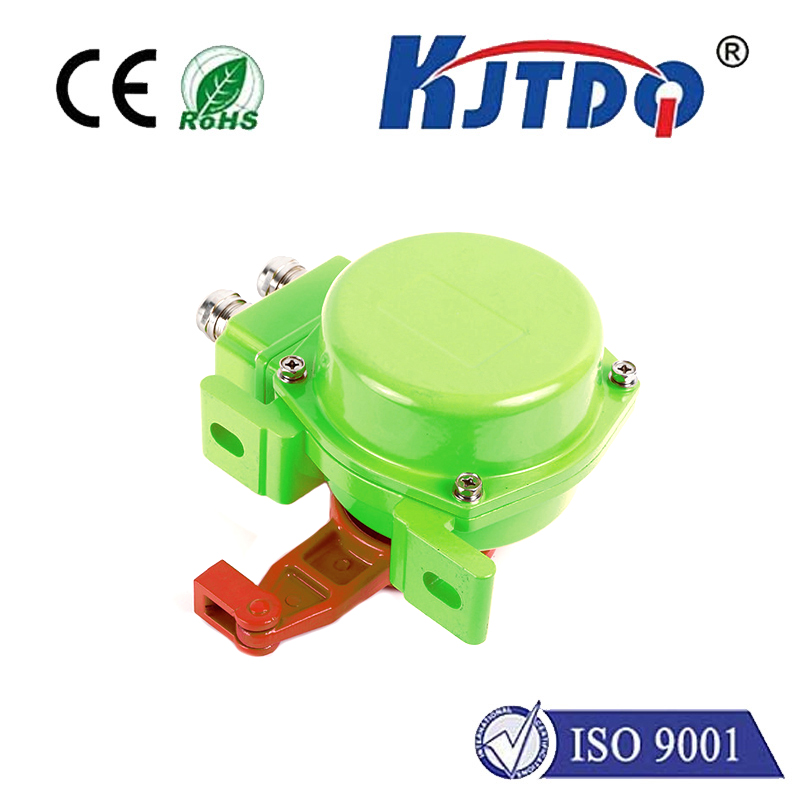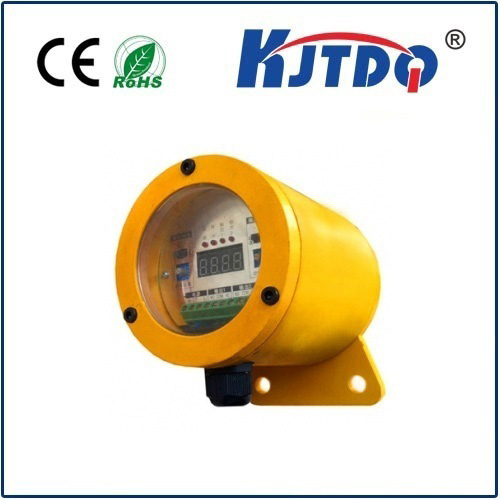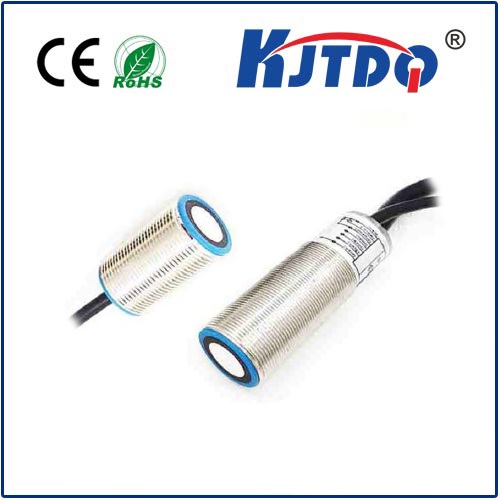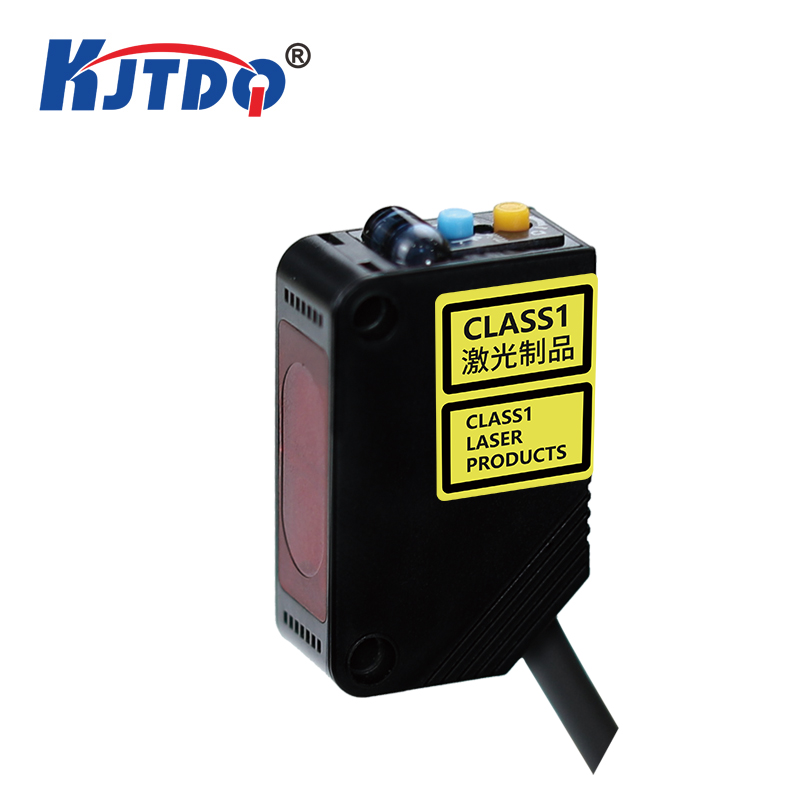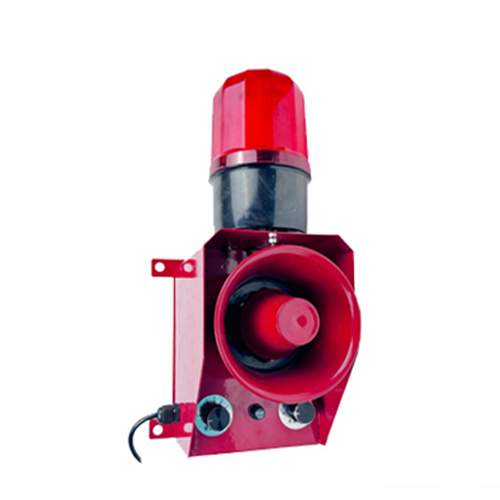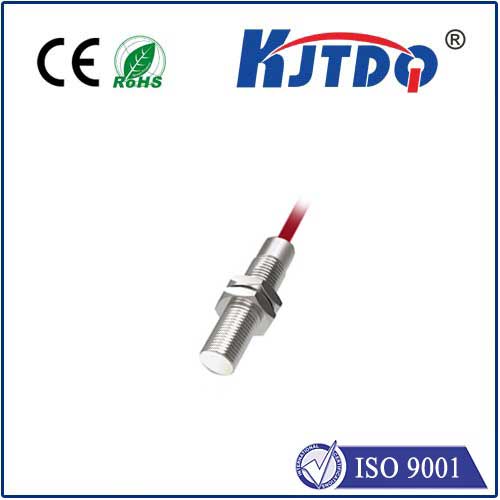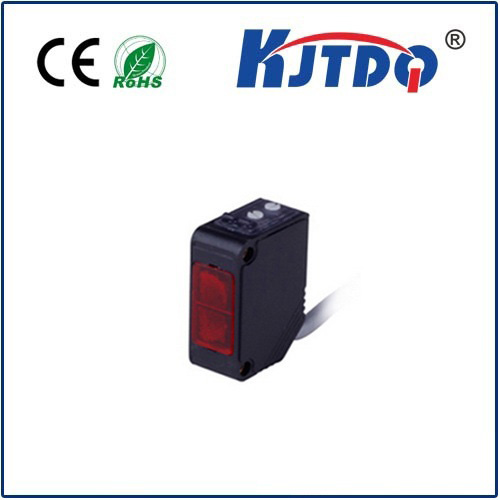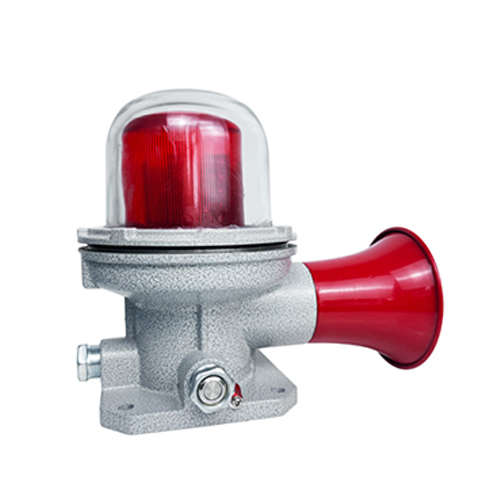

check

check

check

check

check

check

check

check

check

check
Title: Pneumatic Safety Switch: A Comprehensive Guide
Introduction to Pneumatic Safety Switches
A pneumatic safety switch is a type of mechanical interlock device that uses compressed air to control the flow of fluid, typically oil or gas, to activate or deactivate a system. These switches are widely used in industrial and commercial applications where reliable and safe control of equipment is essential. In this article, we will explore the features, benefits, and common types of pneumatic safety switches.
Features of Pneumatic Safety Switches
Pneumatic safety switches are designed to detect changes in pressure within a system and trigger an automatic action to prevent damage or injury. They come in different configurations, including single-pole, double-pole, three-pole, and four-pole systems. Each type has its advantages and limitations depending on the specific application.
One of the key features of pneumatic safety switches is their ability to provide rapid response times. Because they use compressed air, the switching mechanism can operate quickly, typically in microseconds. This makes them ideal for high-speed applications where time sensitivity is critical, such as manufacturing processes or conveyor systems.
Another important feature of pneumatic safety switches is their reliability. Unlike electrical safety switches that can fail due to power outages or other issues, pneumatic safety switches are less prone to downtime caused by maintenance or technical problems. They also require minimal maintenance compared to other types of safety devices.
Benefits of Pneumatic Safety Switches
Pneumatic safety switches offer several benefits that make them a popular choice in many industries. Some of the main benefits include:
1. Improved efficiency: By controlling the flow of fluid to activate or deactivate a system, pneumatic safety switches help improve overall efficiency by preventing unnecessary operation or shutdowns.
2. Enhanced safety: Pneumatic safety switches provide quick and reliable protection against hazards such as leaks, spills, or equipment malfunctions. They can also detect hazardous conditions early on, allowing operators to take corrective action before harm occurs.
3. Cost-effectiveness: Although pneumatic safety switches may have a higher initial cost compared to some other types of safety devices, they tend to be more cost-effective in the long run due to their low maintenance requirements and reduced downtime.
Common Types of Pneumatic Safety Switches
There are several common types of pneumatic safety switches available on the market, each with its own unique features and applications. Some of the most popular types include:
1. Double-circuit pneumatic safety switches: These switches consist of two separate circuits that can be activated independently. One circuit serves as an emergency stop, while the other provides a normal operating mode for the equipment.
2. Three-position pneumatic safety switches: These switches have three positions: off, stop, and run. When the pressure within the system drops below a certain level, the switch will automatically move to the stop position, preventing further movement until the pressure returns to normal.
3. Four-position pneumatic safety switches: Similar to three-position switches, these devices also have three operating modes: off, stop, and run. However, they also include an additional neutral position that can be used when additional safety measures are required
